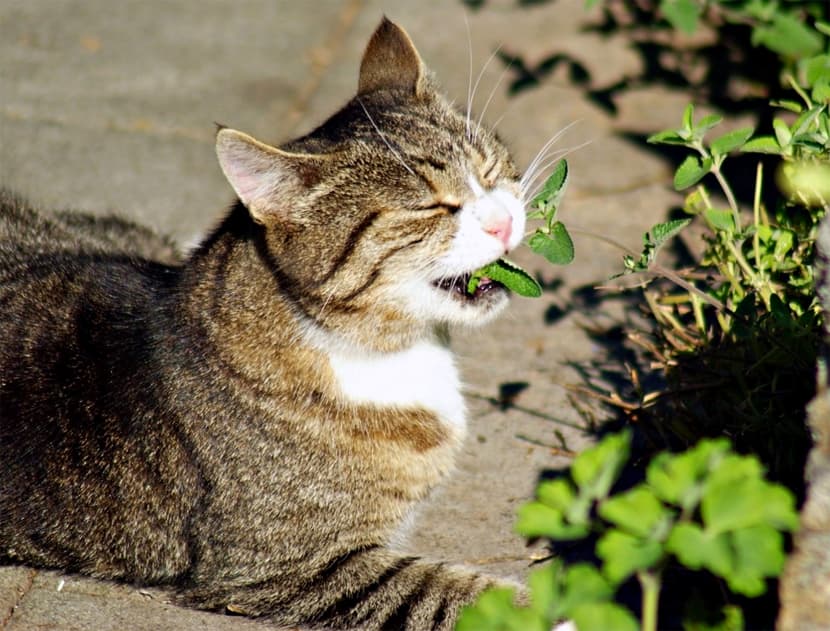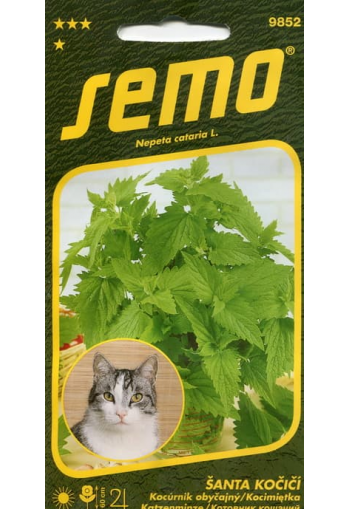Ex Tax: 0.87€
Cold-resistant, winter-hardy and very unpretentious perennial with an indescribable lemon-mint aroma!
The scent is very strong and refreshing!
Mid-season (60-65 days from germination to maturity) variety, 40-80 cm high. The plant is raised, with white sultan-shaped inflorescences.
The leaf is medium-sized, triangular-ovoid, bluish-green, coarsely toothed, slightly wrinkled, with slight pubescence.
It is recommended for fresh and dried use as a condiment, as an additive to tea and for making sauces. Blooms in the 1st year of life.
The flowers are white, collected in a false whorl. Inflorescence at the ends of the stems in the form of a brush, 6-14 cm long. The weight of one plant is 30-40 g.
The erect stems form a branched bush, all parts of which have a strong and pleasant aroma of lemon with light notes of geranium.
Contains many essential oils. In fresh and dried form, it is used as a spice, seasoning for salads, to flavor tea and other drinks.
Decoctions and infusions with catnip have medicinal properties.

Lemon catnip has long been known throughout Europe. It grows both in meadows and in forests. Plant height up to 1 m, which blooms with white-blue inflorescences.
Nepeta flowers attract butterflies and bees, as it is an excellent honey plant.
Catmint needs loose soil without stagnant moisture. Does not tolerate heavy soils!
If the groundwater in your area is too close to the surface, then make high beds. Also choose sunny places, because catnip loves warmth very much, and it winters well - even without shelter.
Still, it is preferable to grow lemon catnip through seedlings (in March), although it is not forbidden to sow seeds immediately in open ground.
Sprouts appear within a week, but develop slowly at first. This is due to the fact that during this period the root system is more actively formed. At the stage of 2 true leaves, dive the sprouts, and plant the formed strong seedlings in a permanent place at the end of spring.
Catmint can be fertilized from time to time with low concentrated doses of fertilizers.
You can plant it not only solo, but also decorate it with a rock garden or the side of flower plantings.
And, if you do not have a garden, then grow it in home pots!
Catmint. Bot. syn.: Cataria vulgaris Moench.











